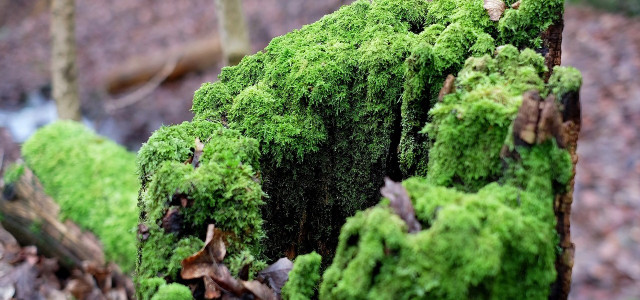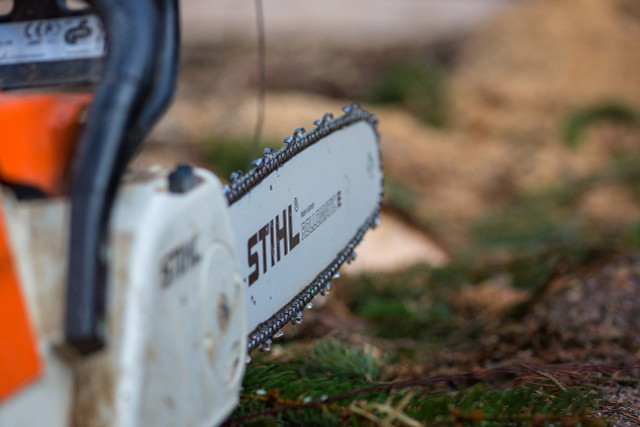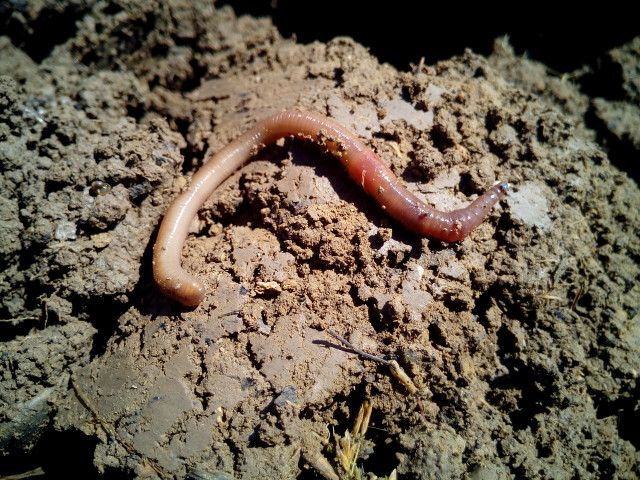Last updated on June 12th, 2022 at 02:24 pm

You want to remove a tree stump in the garden? We’ll show you several ways to deal with the stump of a tree you just cut down.
Contents
Removing a tree stump: the classic way
To remove a tree stump, you usually dig it up. For shallow-rooted trees, a spade is all that’s needed – and off you go. Some trees have deeper roots. For example, rent a mini-excavator for a day to remove these stumps.
Shallow-rooted trees include: Maple, birch, beech, dogwood, magnolia, rhododendron, thuja, witch hazel.
Deeper rooted trees are less popular as they can also grow around underground utilities. Examples include pine, ash, larch, juniper and chestnut.
The best time of year to dig up the tree stump is in the fall and winter. You should not dig out the tree stump after rain, because wet soil makes the work more difficult and sticks to the tool.
Remove tree stump: the natural way

If you do not need to remove the tree stump immediately, you can choose a second method. It consists in promoting the natural “rotting”, that is, decomposition, of the tree stump. For this you first need to get some materials:
- a chain saw; alternatively, a wood drill will work as well
- fresh compost from your own garden (see instructions below)
- in addition, possibly manure from the farmer in the area
- compost accelerator (see explanation below)
- if necessary calcium cyanamide
Remove tree stump naturally: This is how it works

The advantages of this method of removing a tree stump are obvious at first glance: the tree stump will gradually decompose naturally – you don’t have to force it out of the ground. This method of removing your tree stump is best started in the months of March to November.
Here’s how:
- Saw the tree stump very deeply crosswise with the chainsaw. The resulting pattern will resemble a checkerboard.
- Fill the elongated slits with a mixture of compost, manure and organic fertilizer. Make sure the material is neither too dry nor too wet.
The general rule for compost waste is that the right mix makes the difference. Combine suitable household waste such as fruit and vegetable scraps, potatoes, coffee and tea grounds, and eggshells with garden waste such as lawn clippings or leaves. In addition, you can organize stable manure from a farmer, for example horse manure, which many farms or riding stables give away free of charge in buckets.
On the one hand, compost contains microorganisms such as fungi, algae and bacteria. On the other hand, many creatures crawl in it, such as earthworms, insects, centipedes, woodlice, spiders, mites and protozoa. All these little helpers can decompose the wood quickly, but they need nutrients. That’s why you add the organic fertilizer.
Compost accelerator speeds up the conversion of hard-to-degrade organic waste into valuable humus. It contains an organic-mineral adjuvant that activates microorganisms to speed up the decomposition process. Alternatively, you can make your own compost accelerator.
Some advisors recommend an additional addition of calcium cyanamide. It can additionally accelerate the composting process. However, as an intermediate product in the decomposition process of calcium cyanamide, toxic cyanamide is produced, which kills weeds and other plants. It poses health risks. It is only two weeks later that the microorganisms have completely converted it into harmless urea, ammonium and nitrate. The plants can then utilize the nitrate directly; no toxic residues remain.
The following spring, you’ll need to fill the slots again with compost. If you have done everything right, the tree stump and its roots will often have decomposed well after two years. Then you can easily lift it out of the ground.
Do you really have to remove the tree stump?

The tree stump is an important habitat for insects and co. Even before you cut down the tree, you can think it through: Is the tree stump really in the way, or can it not become a special eye-catcher in the garden?
If you decide to leave the tree stump as an “ecological playground”, you should cut the stump higher. 1.20 meters is a suitable height. Your tree stump can become the new home not only of beetles, hedgehogs and slow worms, but also of wild bees. They lay their eggs in beetle tunnels.
You can let the tree stump be overgrown by climbing plants such as wild roses or ivy. Geraniums or pansies can also grow on the stump after you have hollowed it out a bit. Alternatively, you can simply let moss grow over it.
In addition to plants, you can also make the stump available to certain animals. In winter, for example, you can put a birdhouse on the stump. Have fun trying it out!


